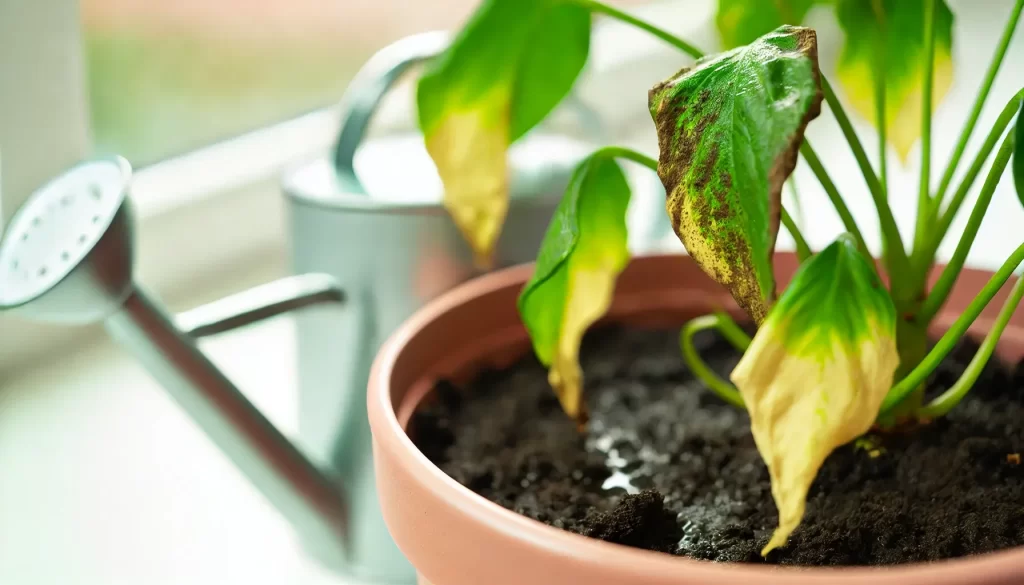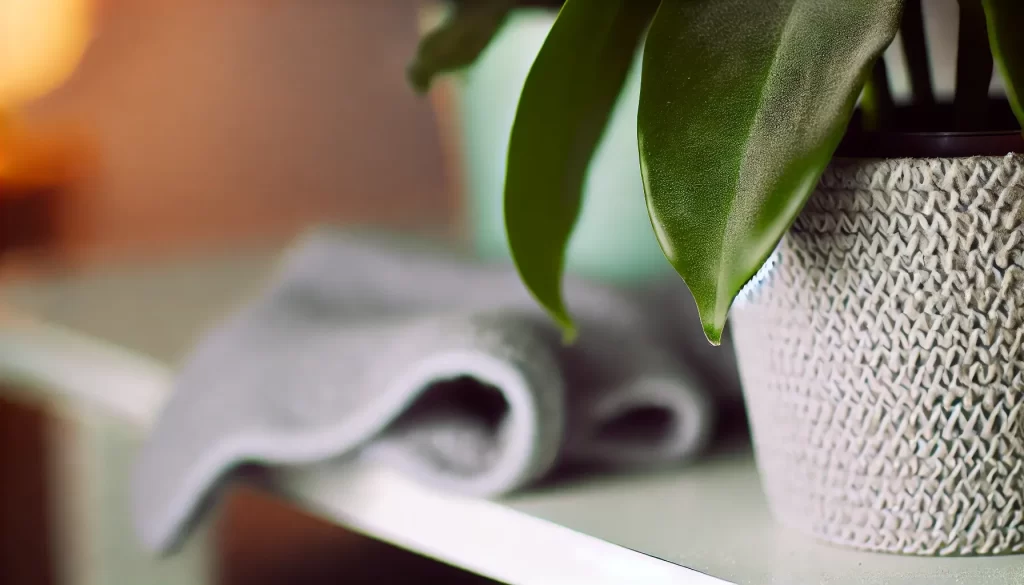When you bring new plants home, the excitement is undoubtedly great! Here’s the revised text for clarity: Things can quickly turn to dismay if you notice. Your plants die shortly after. Understanding why dies you rplants are dying is crucial for maintaining their health and vitality.
Why Your Plants Are Dying
Many new plant owners face the challenge of keeping their plants alive. Common reasons why plants die as soon as they are brought home include improper light conditions and inadequate watering. Recognizing these factors is vital for nurturing your plants.
Common Reasons Why Plants Die
One of the most common reasons plants die is overwatering. When the soil remains too moist, root rot can develop, causing houseplants to wilt and eventually die. Additionally, inadequate light can damage plants, stunting their growth.
Signs of Stress in New Plants

New plants often exhibit signs of stress when they are not appropriately acclimated. For example, you may notice leaves turning yellow or brown, indicating that the plant needs immediate attention. Understanding these signs helps keep your plants thriving.
The Importance of Plant Needs
Every plant has specific needs that must be met for it to thrive. These include the right amount of water, light, and nutrients from compost or fertilizer. Neglecting these needs can quickly lead to plant death, so it’s essential to research plant care.
Light Conditions and Their Impact on Plant Health
Light conditions play a significant role in the health of both indoor and outdoor plants. Understanding how different plants absorb light can help prevent them from dying due to inadequate exposure. Proper light conditions are vital for all plant types, including houseplants.
Also Read: Wutawhealth Tips and Tricks: How to Make Life-Changing Secrets
Assessing Light Requirements for Different Plants
Each plant has unique light requirements; for instance, succulents need bright, direct light, while ferns prefer indirect light. Assessing these needs helps keep plants away from stress and ensures they do not die as soon as they are brought home.
Indoor vs. Outdoor Plants: Light Needs
Indoor plants often require different light conditions than outdoor plants. While outdoor plants may thrive in direct sunlight, indoor plants might need more filtered light to prevent burning. Knowing these differences can help keep your plants alive and vibrant.
How to Optimize Light for Your Plants
Consider your plants’ placement to optimize light. Move plants closer to windows for more sunlight or use artificial lighting for those that thrive indoors. Proper light management is essential to prevent your plants from wilting or dying.
Watering: Too Much or Too Little?

Watering is one of the most critical aspects of plant care to keep plants healthy. Understanding how to water your plants properly can prevent them from dying and help your house plants thrive. Both overwatering and underwatering can have severe consequences for why dies you rplants houseplants and garden plants.
Identifying Overwatering Symptoms
Overwatering symptoms include yellowing leaves, a mushy texture, and root rot. If you notice these signs, adjusting your watering routine immediately is crucial. Keeping your plants alive requires knowing how much water your plants truly need.
Signs of Underwatering
On the opposite end, signs of underwatering can include wilting leaves and dry soil. If you observe these symptoms, it’s time to water the plant. Establishing a balanced watering approach ensures your new plants do not die prematurely.
Establishing a Proper Watering Routine
Creating a proper watering routine is vital for the health of your houseplants. Regularly check the soil moisture and adjust your watering schedule accordingly. This diligence will help keep why dies you rplants thrive and prevent them from dying soon after you bring them home.
Soil and Fertiliser Considerations
The Role of Soil Quality in Plant Health
The quality of soil is fundamental to the health of your plants. Healthy soil provides essential nutrients and a conducive environment for roots to thrive. With quality soil, your houseplants may be able to succeed. Sorry, the text you wanted to be rewritten is missing. Please provide the text you want me to clarify and rewrite—potential death.
Choosing the Right Fertiliser
Selecting the correct fertilizer is crucial for meeting your plants’ nutrient needs. Different plants, whether flowering houseplants or perennials require specific fertilizers. Using suitable compost or fertilizer ensures your houseplants receive the essential nutrients they need for optimal growth.
When and How to Repot Your Plants
Repotting your plants is a necessary practice that allows them to grow and thrive. Timing is critical; most houseplants benefit from repotting every 1-2 years. When you repot, choose a pot accommodating growth while minimizing root rot and ensuring proper drainage for your potted plants.
Environmental Factors Affecting Your Plants

Improving Air Quality for Healthier Plants
Air quality significantly impacts plant health, particularly for indoor plants. Good air circulation helps prevent diseases and promotes a healthy environment. Photosynthesis. Improving indoor air quality can keep your plants thriving, ensuring they don’t succumb to common reasons why dies you rplants.
The Impact of Temperature and Humidity
Temperature and humidity directly influence plant growth. Most houseplants thrive in specific temperature ranges, and extreme fluctuations can damage and stress them. Maintaining adequate humidity levels can also be vital, especially for tropical plants, preventing them from wilting or dying prematurely.
Dusting Your Plants: Why It Matters
Dusting your plants is an often-overlooked task that can significantly impact their health. Dust can hinder photosynthesis by blocking light absorption. Regular cleaning improves the appearance and helps keep your plants healthy and vibrant, reducing the reasons why dies you rplants.
Different Plant Needs
How Different Plants Thrive in Various Conditions
Understanding how different plants thrive in various conditions is essential for keeping your plants alive. Each species has unique requirements for light, water, and soil, and recognizing these needs can prevent stress and help your plants flourish rather than suffer or die.
Adapting Care for Specific Plant Types
Adapting care for specific plant types is crucial in maintaining their health. For instance, succulent plants require less frequent watering compared to tropical varieties. Please remember the text below:
You are tailoring your approach based on each plant’s unique needs. Plant type helps ensure they don’t stay energized when you bring them home.
Closing Thoughts
Recognizing unique signs for different plants allows you to respond appropriately to their needs and keep plants healthy. Some plants may show signs of stress through leaf discoloration, while others might wilt. These signals are vital for preventing plants from dying prematurely and ensuring long-term vitality; plants benefit from regular care.
FAQs:
Why do my plants die after I bring them home?
Plants often die due to improper light, overwatering, or failure to adapt to their new environment.
How can I prevent overwatering my plants?
Check soil moisture regularly and only water when the top inch of soil feels dry.
What are signs my plant is stressed?
Yellowing leaves, wilting, or brown edges are common signs of plant stress due to improper care.




